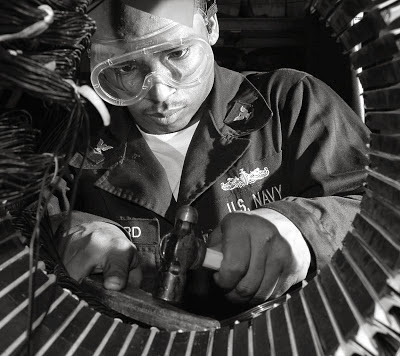Report forecast the global smart helmet
market to grow at a CAGR of 16.07% during the period 2017-2021.
Smart helmets are embedded with sensors and
additional mounted devices that collect data and information as well as assist
users. Smart helmets are increasingly being used by motorcyclists and
bicyclists, apart from their use by industrial workers and firefighters. Smart
helmets consist of action cameras and GPS navigation systems that assist users.
Smart helmets are used to protect users
from any head injury. These helmets are powered by augmented reality and a
robust sensor package. Smart helmets enhance situational awareness and improve
efficiency by offering more information to users.
The report covers the present scenario and
the growth prospects of the global smart helmet market for 2017-2021 . To
calculate the market size, the report considers the demand for smart helmets in
the form of equipment and software solutions.
The
market is divided into the following segments based on geography:
- - Americas
- - APAC
- - EMEA
According to the report, one of the major
drivers for this market is Increase in number of accidents. There has been a
substantial increase in the number of motorcycle production over the past
decade. For instance, in the US, the motorcycle production increased by 75%
between 2006 and 2016. There has also been an increase in bicycle activities
across the globe.
Further, the report states that one of the
major factors hindering the growth of this market is High cost and trade-off on
ROI. For an organization or an individual, purchasing smart helmets is an
expensive affair. Owing to government regulations, with regard to safety of
employees, employers are focused on adhering to the regulations on the
provision of PPE, without paying heed to its appropriate use and functionality.
Therefore, the functionality of the equipment becomes a major concern. The
challenge is to ensure product quality with respect to safety and functionality
while limiting the cost. When it comes to PPE, including product costs entail several
factors such as purchase price, maintenance cost, and service life. Therefore,
using expensive equipment that provides assured quality and functionality will
cost the buyer less in the long run. PPE manufacturers are looking for ways to
improve health and safety of workers without increasing significantly
production costs.
Global
Smart Helmet Market 2017-2021, has been prepared
based on an in-depth market analysis with inputs from industry experts. The
report covers the market landscape and its growth prospects over the coming
years. The report also includes a discussion of the key vendors operating in
this market.
key players in the global smart helmet
market: Babaali, Bell Helmets, DAQRI, Forcite Helmet Systems, JARVISH, LIVALL,
LUMOS HELMET, Nand Logic, Nexsys, and Sena Technologies
Other Prominent Vendors in the market are:
FUSAR, GE, Honeywell, and Qwake.
Market
driver
- Increase in number of accidents
- For a full, detailed list, view our report
Market
challenge
- High cost and trade-off on ROI
- For a full, detailed list, view our report
Market
trend
- Augmented use of smart wearables
- For a full, detailed list, view our report
Key
questions answered in this report
- What will the market size be in 2021 and what will the growth rate be?
- What are the key market trends?
- What is driving this market?
- What are the challenges to market growth?
- Who are the key vendors in this market space?
Spanning over 79 pages “Global
Smart Helmet Market 2017 - 2021” report covers Executive summary, Introduction,
Scope of the report, Research Methodology, Market landscape, Market
Segmentation By End-User, Regional Landscape, Decision Framework, Drivers And
Challenges, Market Trends, Vendor Landscape, Key Vendor Analysis, Appendix.
Please visit this link for more details: http://mrr.cm/UGv
For related reports please visit: Smart Helmet Market Research Reports
Find all Manufacturers Reports
at: https://www.marketresearchreports.com/manufacturers

No comments:
Post a Comment